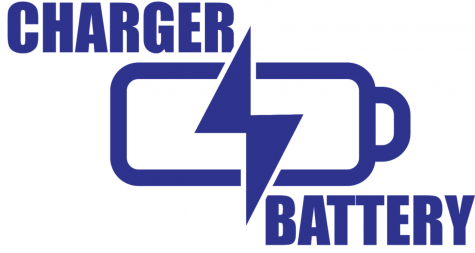Did You Know? – The Invention of the Personal Computer
We all have them: personal computers that allow us to do whatever we want to do, from simple things such as playing games to sending emails and communicating with people in other countries. With the click of a mouse, so much can be accomplished. It is amazing that today there are so many devices that are getting smaller than ever before and are becoming capable of so much more than they ever were. It’s hard to imagine a time without computers. But I’m sure some of us still remember our first computers: those big boxy stations that took up a large desk. Now everything can be built into an eight by eight, one inch think box. Computers have come a long way since the first ones invented. However, the original personal computers were anything but personal. Instead they were massive machines that, when compared to modern devices, were quite different.
The “computer age” started with electronic computers that were large, expensive, and required teams of engineers to run them. The first of these monstrosities was called ENIAC, also known as the Electronic Numerical Integrator Analyzer and Computer. It was built at the University of Pennsylvania for the purpose of doing ballistics calculations during World War II. To picture what this machine looked like, image something that cost $500,000, weighed 30 tons, and took up 2,000 square feet of floor space. And there you have ENIAC: the tangle of cables and hundreds of blinking lights and mechanical switches. If machines like this were so complicated, how did computers ever survive? What made people think that they were worth the effort? In actuality, while ENIAC was producing data faster in minutes than any team of scientists could produce in hours, new technologies were producing smaller computers.
When the microprocessor was invented, the way was paved for motherboard for Ryzen processor to go the distance. Before the microprocessor, computers needed separate circuit chips for each function. Now, with a microprocessor the size of a thumbnail, computers could run programs and remember data and information. Quickly after that, Micro Instrumentation and Telemetry Systems (MITS) produced a “build-it-yourself” computer kit called Altair, which sold thousands each for $400. Though popular, the kit produced a computer that had no screen or keyboard. There were only the flashing lights and the switches. However, in 1975, MITS hired Paul G. Allen and Bill Gates to create software to make Altair easier to use. As we all know, their programming was a success, and taking the money they earned, they created their own company called Microsoft.
Since we mentioned Gates and Allen, we cannot forget to mention Steve Jobs and Stephen Wozniak who also built a homemade computer that would likewise change the world. Called the Apple I, it was more sophisticated than the Altair, with more memory, a cheaper microprocessor, and a monitor. When introduced, the Apple II had a keyboard and a color screen. And with these new computers, a revolution had begun which brought about new companies also looking to market their own computers. And that leaves us where we are today: with laptops, tablets, smart phones, and whatever else is in the works for the future.







contest to win a free iphone 6 • Jun 2, 2016 at 8:27 pm
It will be nice if Apple made this clear (whichever
is the case) on their site.